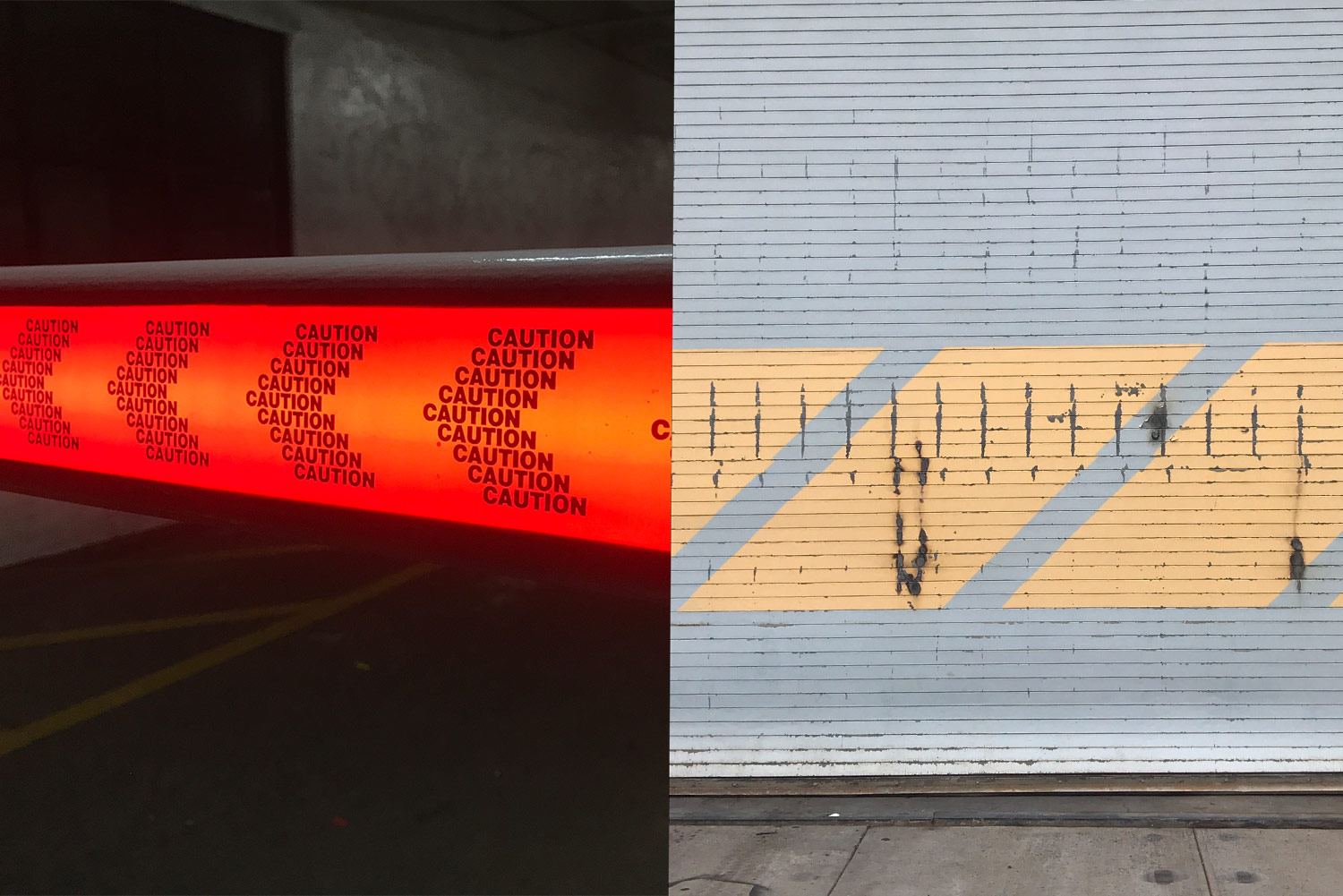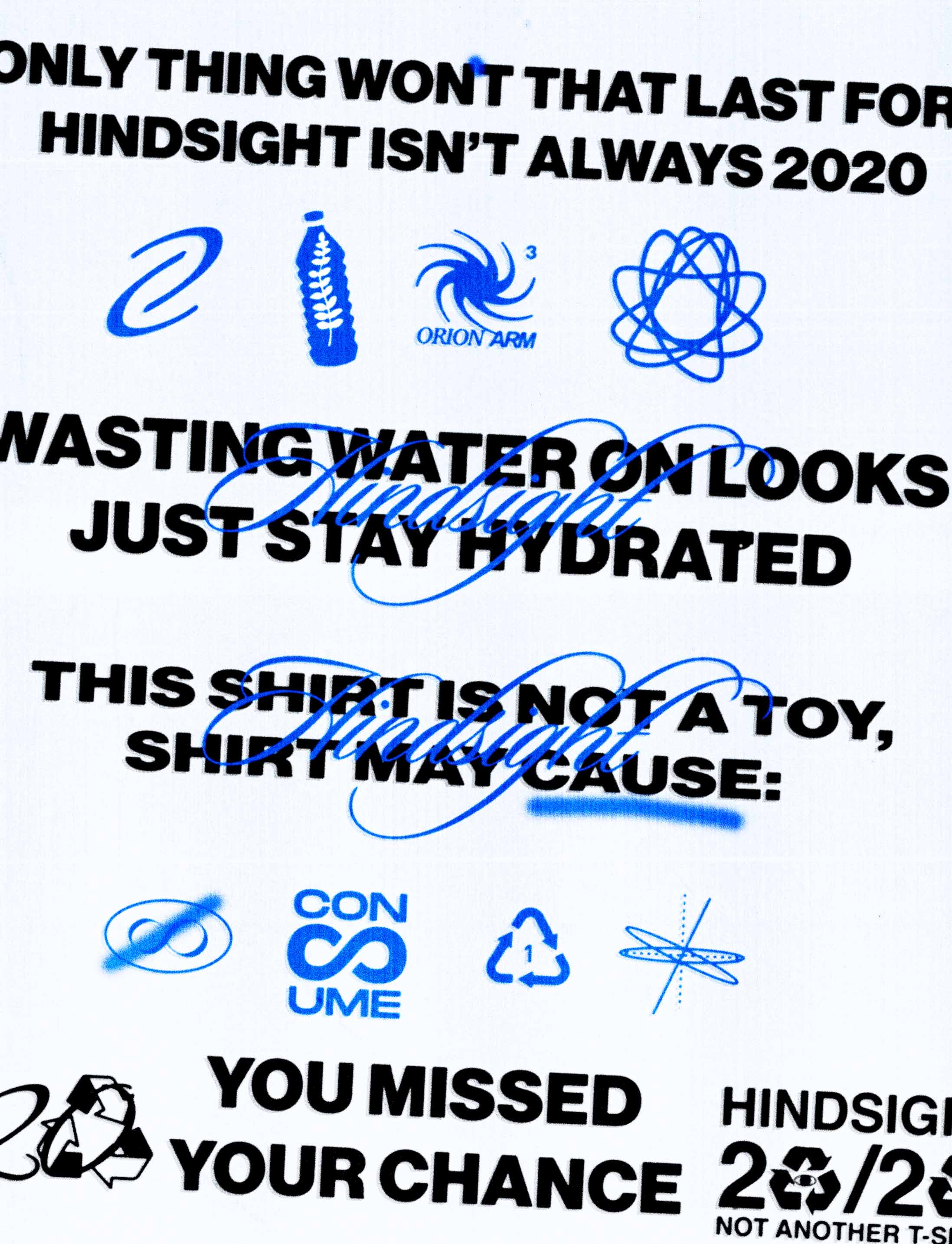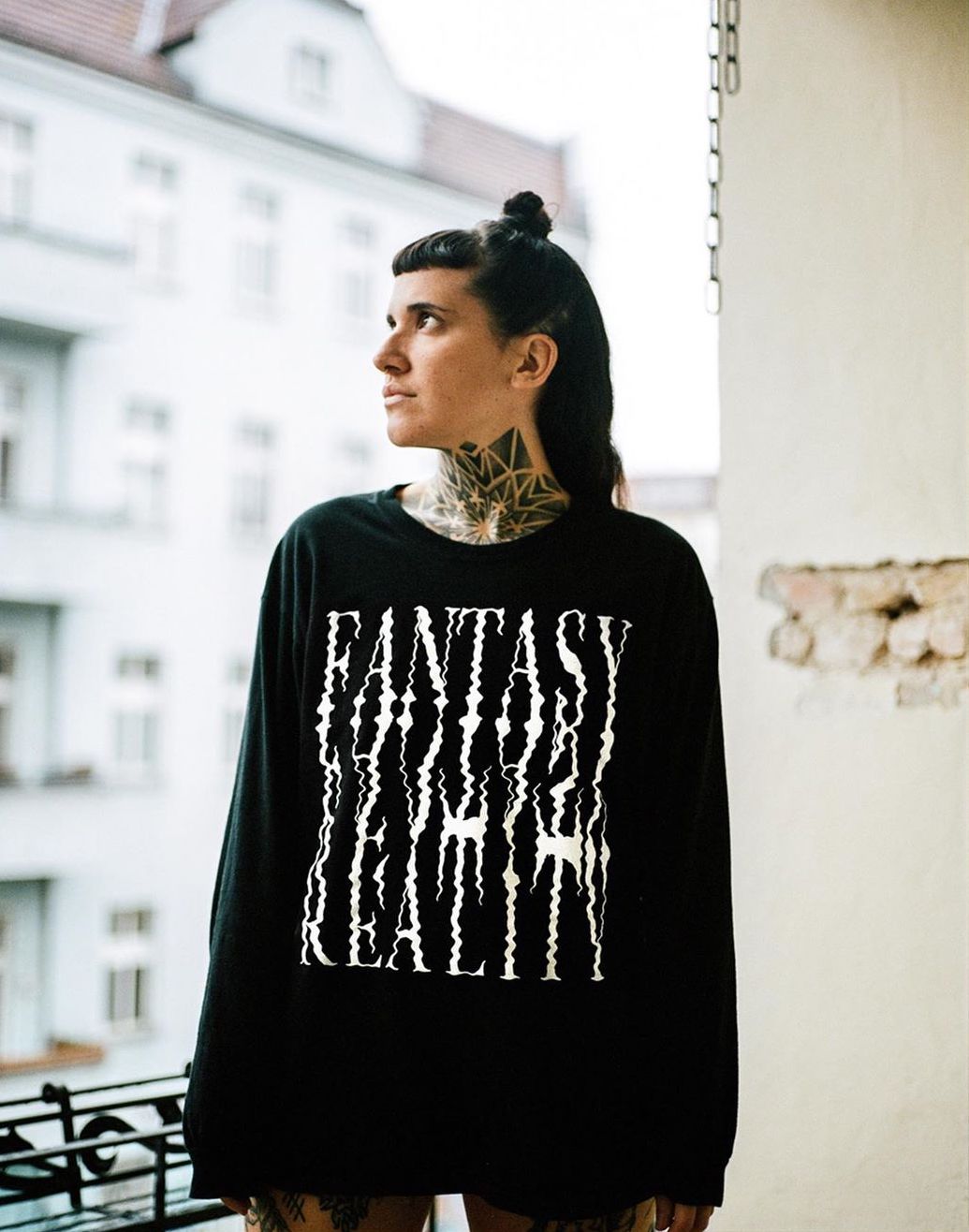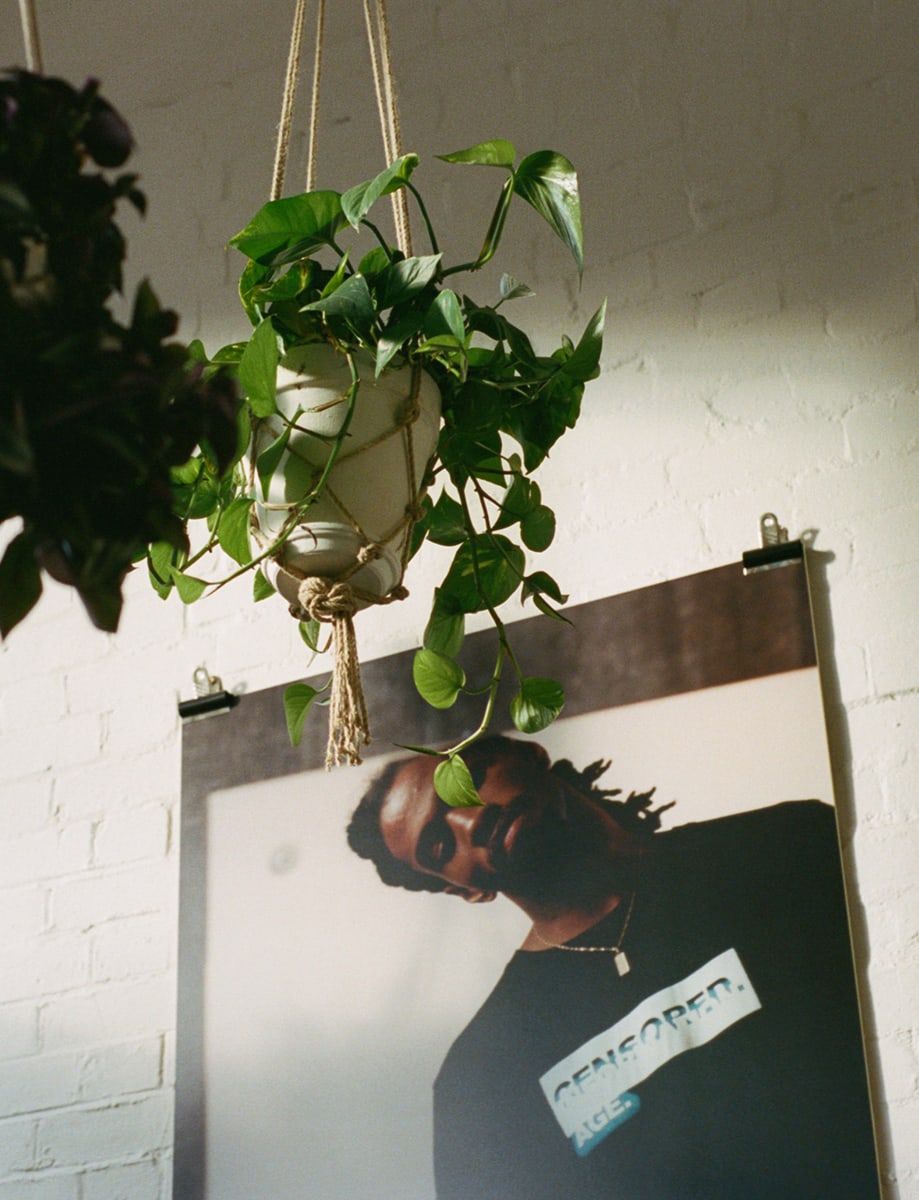What was the overall thinking involved behind this design?
This T-shirt was a direct response to the effects of the fashion industry in general. Right now, we consume clothes at such a quick rate that garments that are new today ending up being obsolete by tomorrow. That overconsumption has had an extreme effect on our environment.
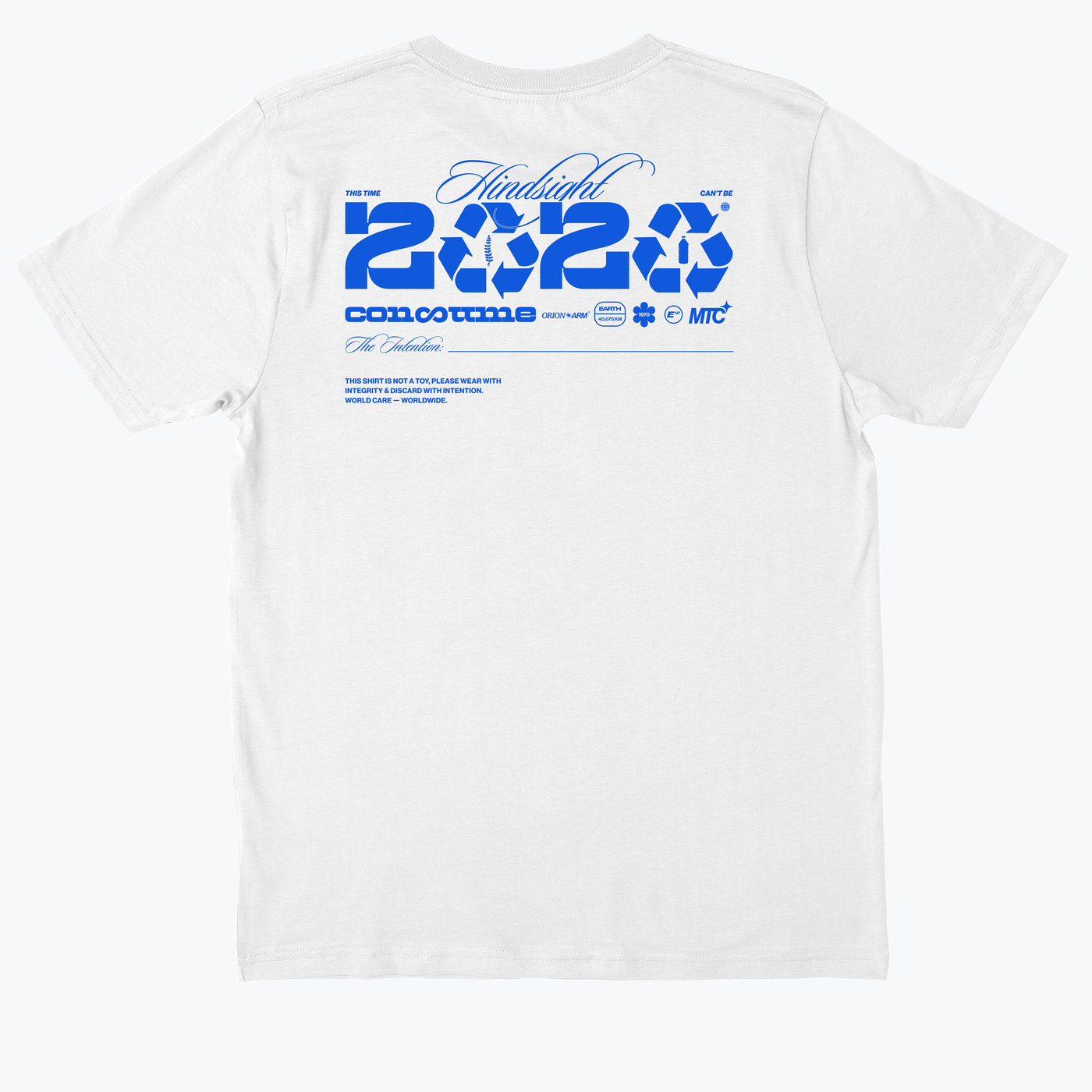
I wanted this shirt to do a couple of things. With it being the year 2020, as well as the 50th anniversary of Earth Day, I wanted to flip the iconic rhetoric of “20/20 hindsight” in order to allude to the fact that by ignoring how we’re changing the planet, we’re going to go past the point of being able to learn from our mistakes in hindsight.
For me, the most important part of the T-shirt is the chance it gives wearers to turn thought into action. It gives someone the opportunity to write in a goal or intention around what to do with the garment once they’re done wearing it — hopefully inspiring people to extended the length of time they own a garment, as well as think of more sustainable ways to move on from a garment.
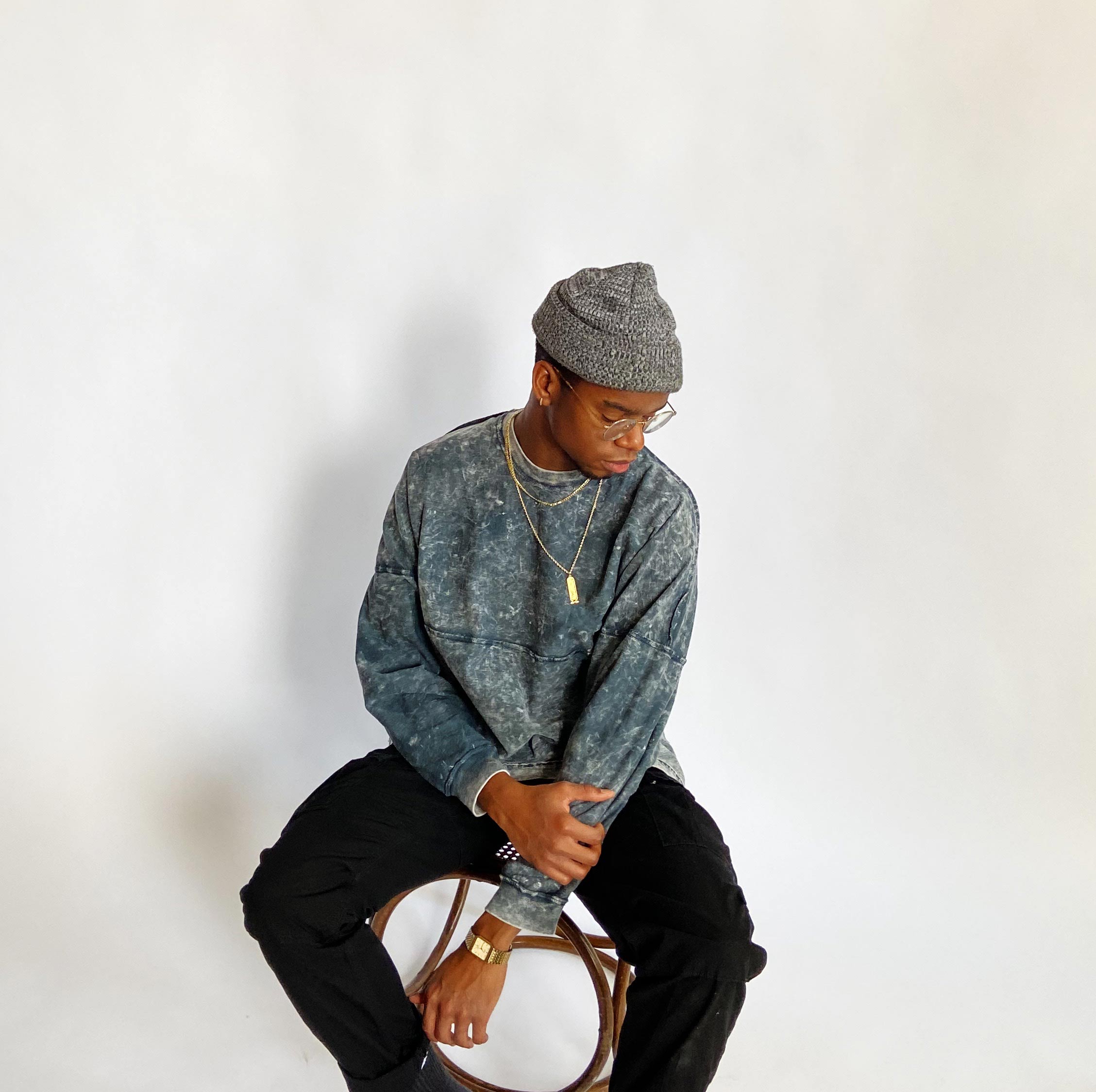
What role do words have in your design process?
When I start a design I try to write out any thoughts or phrases that come to mind. This helps me create the sentiment of what I want the work to be. Sometimes powerful phrases or words are the best way for me to get the root of my design
I try to cut short the ends of my designs.
For 2020 Hindsight it took me longer than usual to find a typeface that complemented the recycling logo well. But I stumbled upon Zaft–P120Grit the day it was released on Wisetype, and I don’t think I’ve ever bought a typeface as quickly as I did that one.
How did you arrive at the finished design?
When I first started this project I realised I didn’t know much about the different icons which represented the types of plastic used in a product. After a while, I started to notice them everywhere. Which lead me down this rabbit hole of iconographic dense design which you see on a lot of industrial packaging and products like glove or cement. I wanted to bring this same feeling into my design and have each icon be representative of the overall concept.
My last couple of decisions were about adding a large earth graphic under what already exists on the shirt. But then I thought to myself, “How many more shirts do people need with earth graphics on them?” So I went back in and refined the smaller icons to be more specific to earth and its existence.
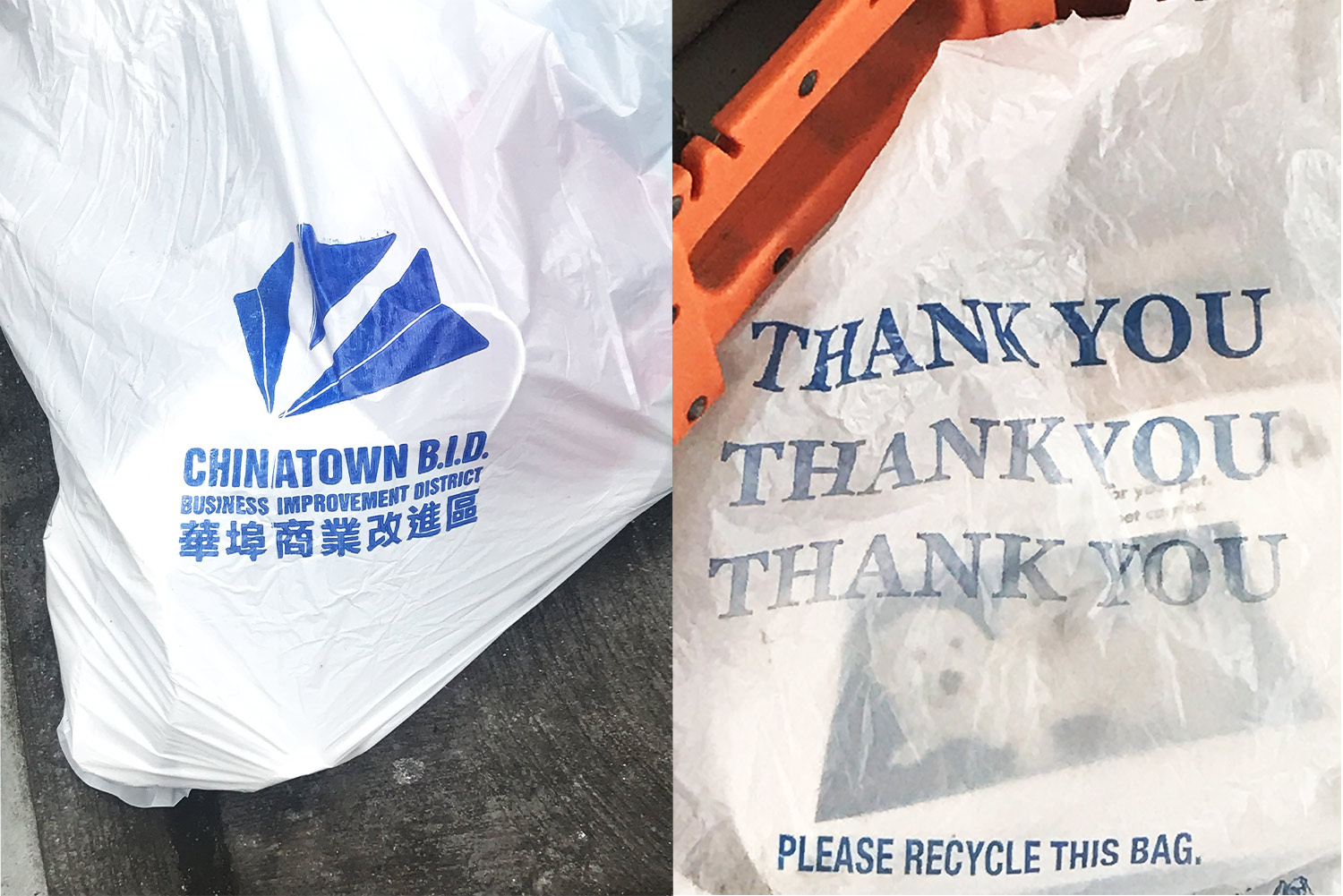
How do you ‘know’ when a design you’re working on is finished?
For me, it’s always a little hard to tell. I think part of the reason for that is that I enjoy the process of exploring so much—coming back to it the next day and flipping it on its head to find a new way to say something similar. This is especially true when it comes to designs that are more based on emotion. One way I can tell if a design is done is when I feel like I need to add something, but I end up thinking too much about it. I try to cut short the ends of my designs, finishing it without what I think needs to be my last thought or mark.

How does the process of designing for physical objects, like T-shirts, compare to your other work?
My process doesn’t change all that much. I do my best to keep a strong through-line in whatever work I’m doing. The biggest change would be in thinking about how the object is made and where it ends up. My goal with physical objects is to change what would normally be prescribed as the end, like landfills, and create a less linear path for them.
Do your research
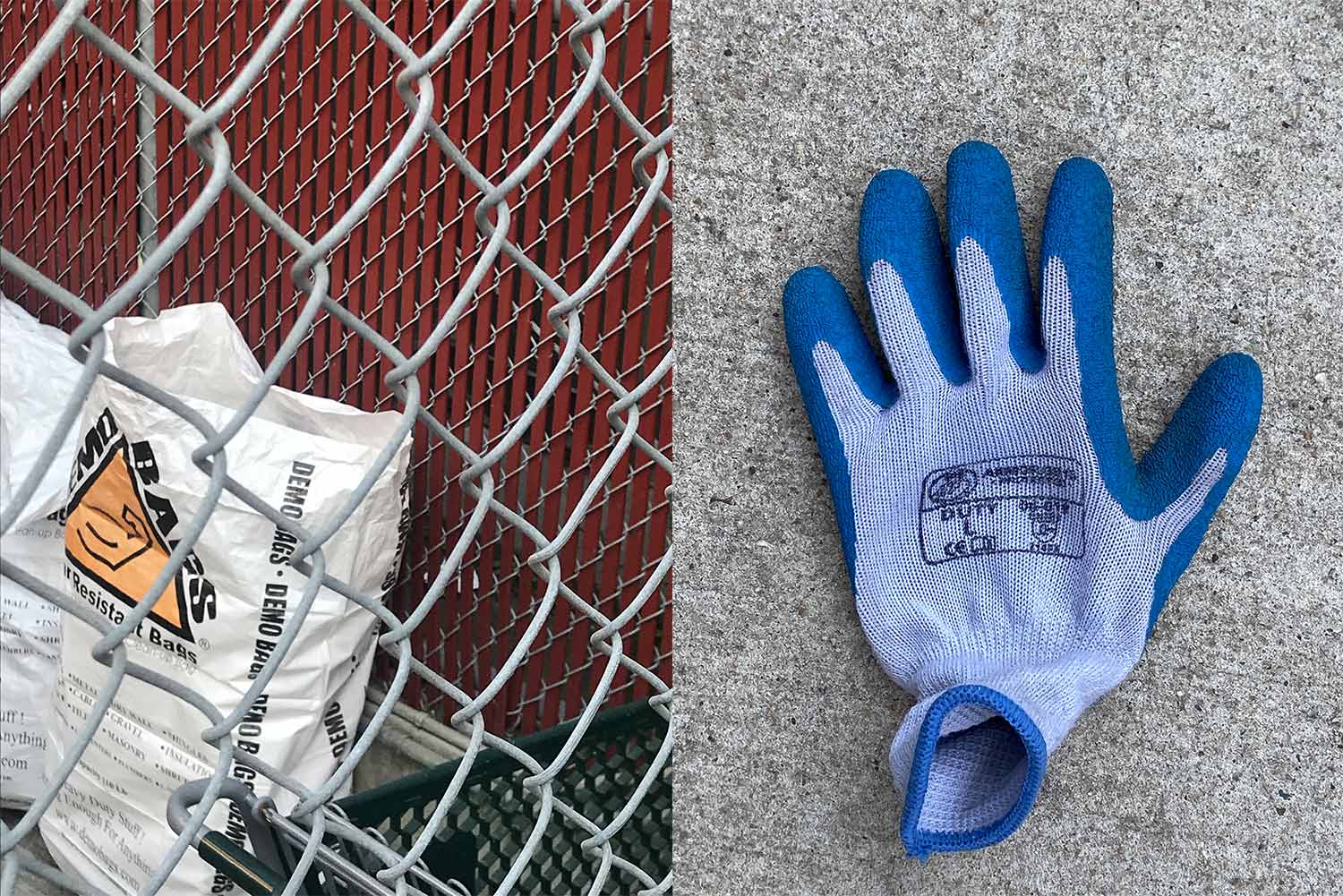
What tips would you give to any other designer creating a T-shirt, especially one in aid of a cause like this?
Start with your intention and finish your design with integrity.
Do your research. Dive into the causes you want to aid because it will help create a more honest and compelling design.
Figure out if you even need to design a T-shirt. Sometimes there are better ways a design can aid a cause.
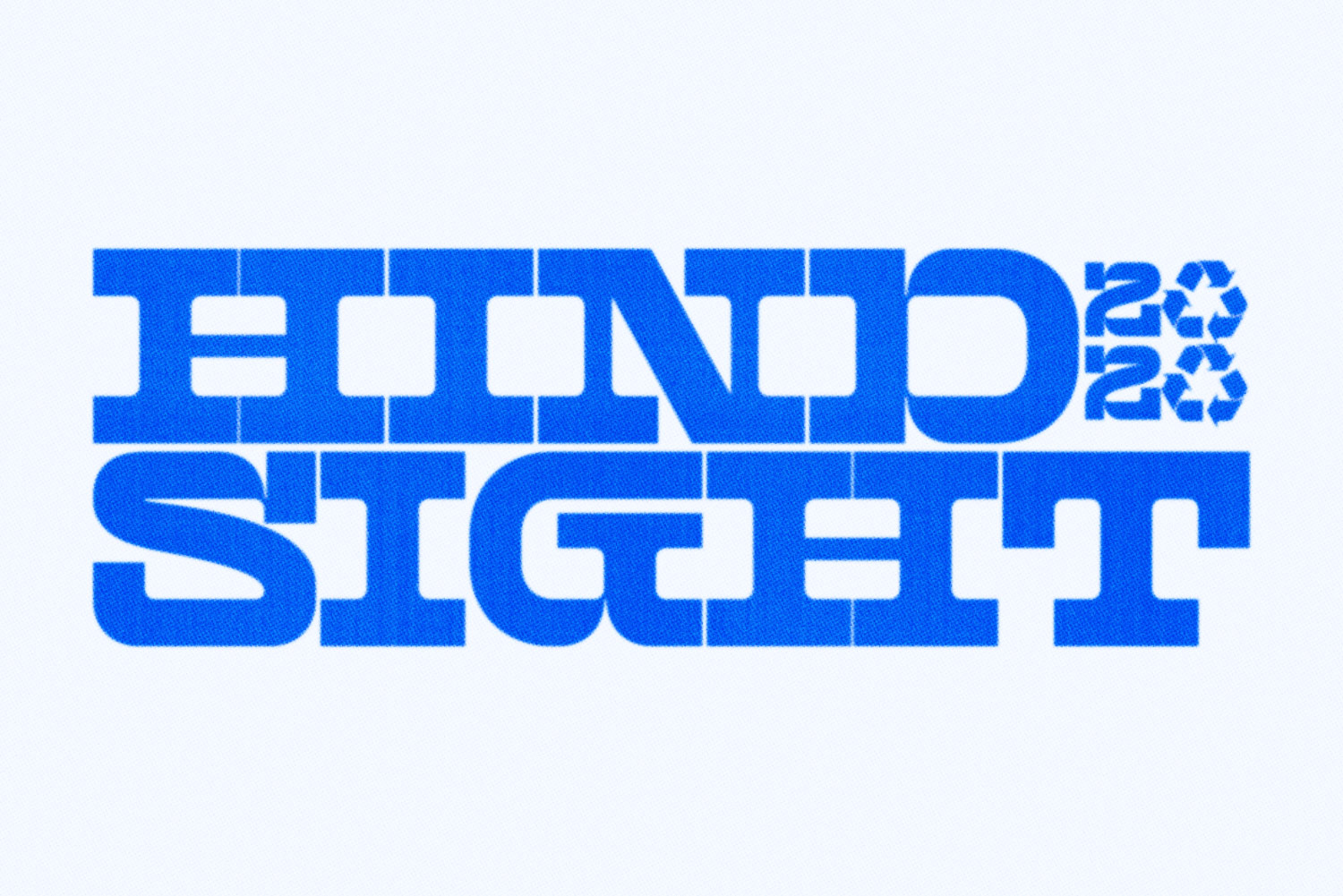
Why was it important to you to support Earth Day?
It’s something that should be supported every day, honestly. We’re individually so extremely small in the grand scheme of things. So I believe that we should do our best to support one of the few things I can share with 7 billion other people.
